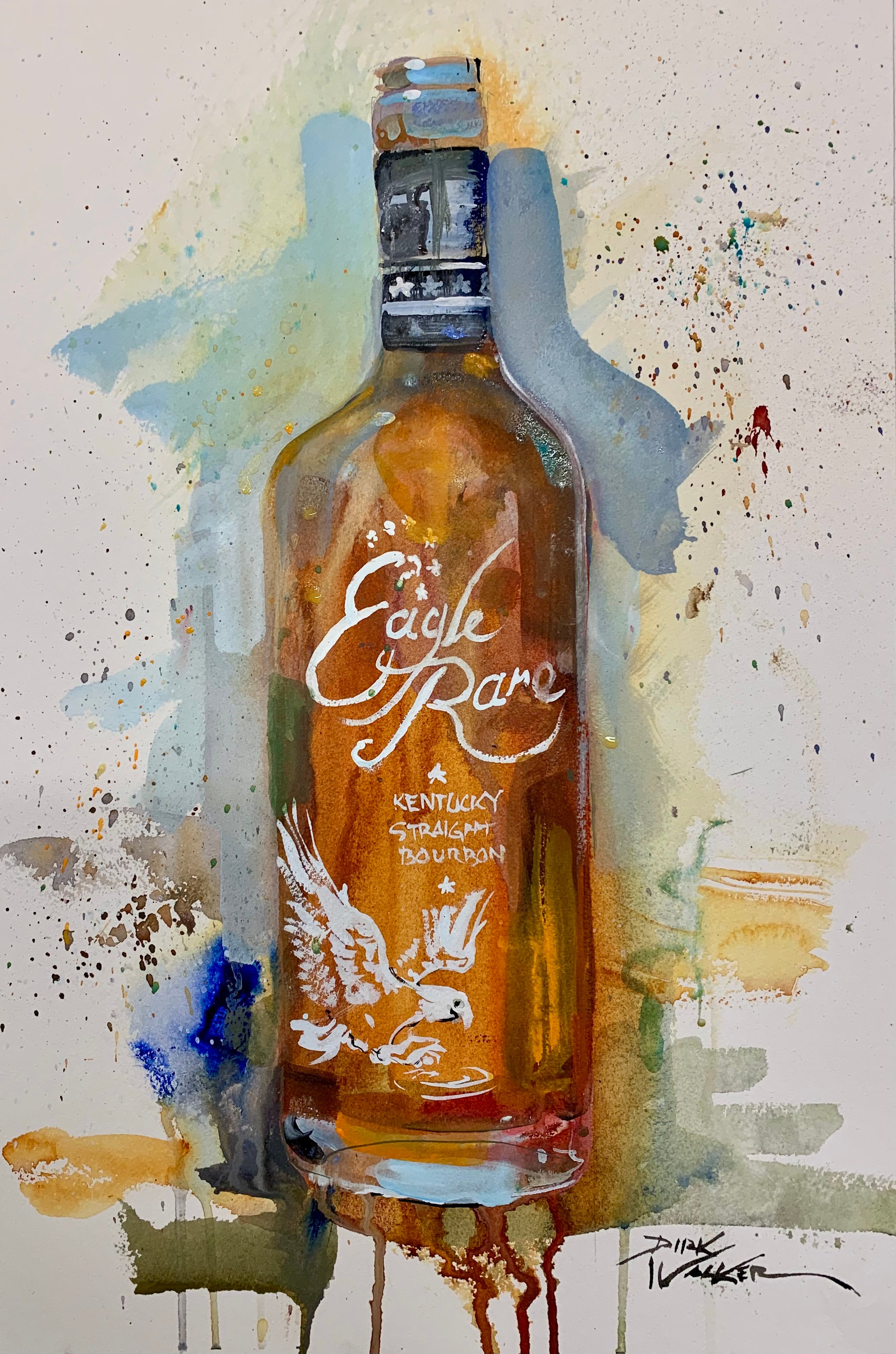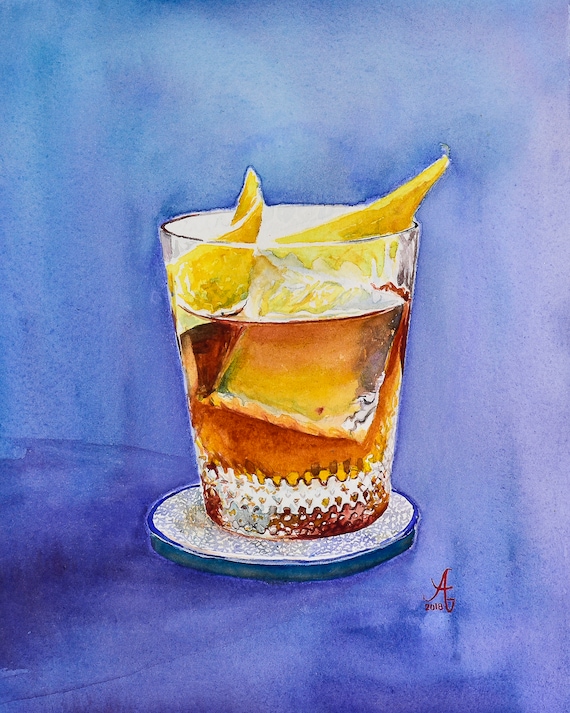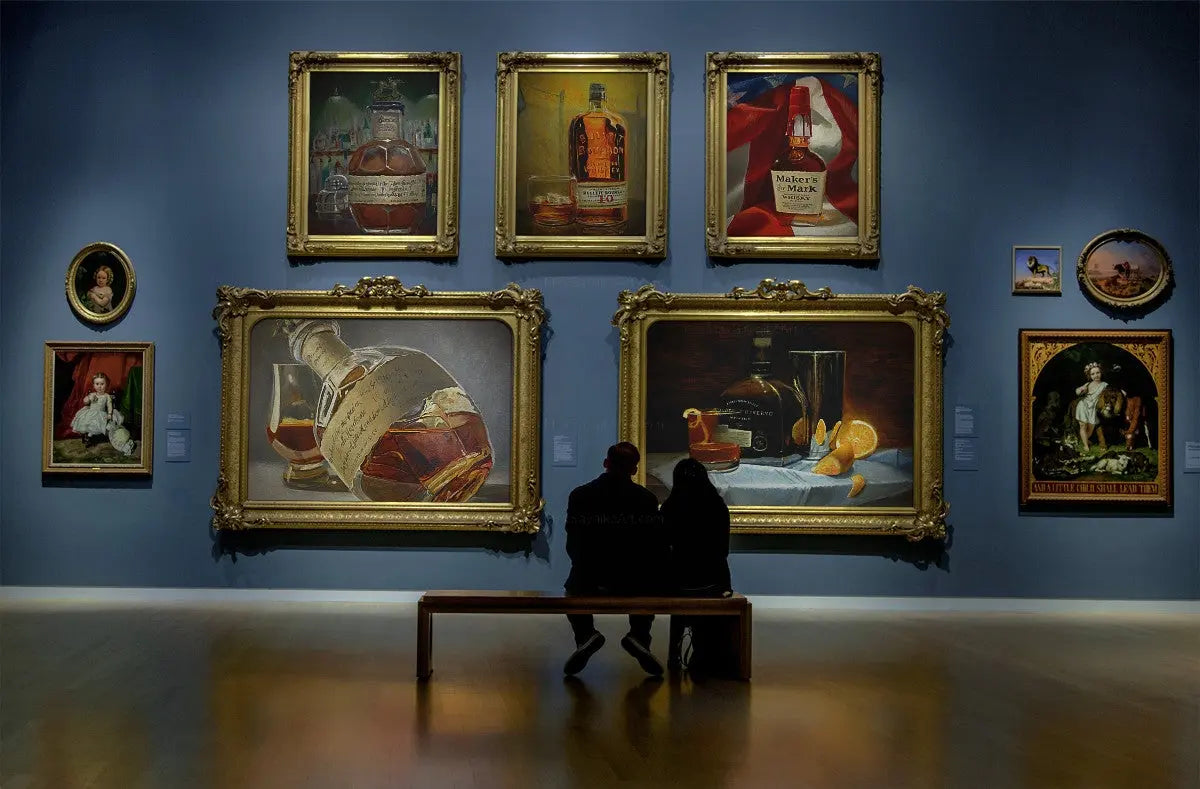Transform Your Room with Sensational Whiskey Art Inspired by Nature
Transform Your Room with Sensational Whiskey Art Inspired by Nature
Blog Article
The Significance of Whiskey Art in Celebrating Heritage and Workmanship in the Beverage Sector
The detailed partnership in between scotch art and the celebration of heritage and workmanship within the beverage industry can not be overemphasized. Through attentively created bottles and labels, bourbon brands encapsulate their historical origins and the artisanal skills that define their production methods.
The Historic Origins of Whiskey
At the heart of whiskey's appeal lies an abundant tapestry of historical origins that trace back to old worlds. The origins of scotch can be connected to the distillation techniques of the Sumerians and Babylonians around 2000 BCE, where early types of fermented grain beverages started to emerge. Nonetheless, it was in the Middle Ages that the art of distillation advanced considerably, particularly in Ireland and Scotland, bring about the production of bourbon as we understand it today.
The term "whiskey" itself originates from the Gaelic word "uisce beatha," suggesting "water of life." This expression underscores the cultural significance of scotch in Celtic cultures, where it was often connected with rituals, events, and common bonding. By the 15th century, distillation became an identified craft within monastic areas, paving the way for the facility of legal distilleries.
As profession paths broadened, bourbon's appeal expanded, going beyond regional borders and catching the rate of interest of aficionados worldwide. Realism Art. This historic trip mirrors not just the workmanship behind bourbon production but likewise its integral function in social and social contexts, noting it as a substantial drink throughout history
Artistic Expression in Branding
Whiskey branding stands as a compelling intersection of artistry and commerce, where visual identity plays a vital function in shaping consumer perception. The aesthetics of scotch labels, product packaging, and advertising and marketing materials reflect not only the brand name's story but likewise its core values and heritage. Through artistic expression, distilleries convey a story that resonates with consumers, evoking emotions and triggering links.
Making use of shade, typography, and imagery in branding serves to distinguish products in a saturated market. For example, conventional concepts may stimulate a feeling of authenticity and craftsmanship, while modern-day designs can signify innovation and forward-thinking. This calculated imaginative direction enhances brand recognition and loyalty, permitting customers to forge a personal partnership with the scotch they pick.
In addition, creative expression in branding often functions as a celebration of regional heritage. Distilleries frequently integrate regional symbols or historic referrals into their designs, developing a local color that invites customers to engage in a more comprehensive cultural experience. Eventually, the artistry behind scotch branding not just improves visual charm yet also enhances the total story of the brand, fostering a deeper recognition for the workmanship and heritage ingrained in each bottle.
Workmanship in Bottle Style
The artistry noticeable in bourbon branding expands past aesthetic identification to incorporate the craftsmanship associated with bottle design. Each bottle works as a vessel not simply for the spirit within, yet additionally for the story it tells about its practice, high quality, and origin. The design procedure requires careful focus to information, as components such as product, form, and closure add significantly to the overall assumption of the whiskey.
Workmanship in bottle design includes choosing high-quality glass that can boost the whiskey's color and quality, while additionally offering a tactile experience for the consumer. The shape of the container must be both visually attractive and useful, usually mirroring the heritage of the brand name. Many distilleries select special forms or embossed logos that evoke a sense of authenticity and background.
Furthermore, the label style and typography play a critical duty in connecting the brand name's story. Realism Art. A well-crafted bottle not only captivates the customer's eye yet additionally enhances the brand name's dedication to high quality and practice. This way, the craftsmanship of bottle layout ends up being a crucial facet of the whiskey experience, combining virtuosity with an extensive regard for heritage
Cultural Relevance of Bourbon Art
Commemorating tradition and workmanship, the cultural importance of scotch art transcends plain looks, linking with the historical and social stories of the regions where it originates. Each container acts as a canvas, showing the special tales, mythology, find more and practices that have shaped local whiskey-making methods. The complex layouts typically reflect the heritage of the distillers, integrating signs and motifs that reverberate with the culture and worths of their neighborhoods.

On top of that, whiskey art plays an important duty in communal events and events, serving as a substantial link between people and their shared experiences. By appreciating the artistry in scotch product packaging, consumers grow a much deeper understanding and respect for the craft, eventually enhancing their pleasure of the drink itself.
Modern Trends in Bourbon Discussion
Over the last few years, the presentation of bourbon has evolved to mirror modern tastes and fads while still recognizing standard workmanship - Bourbon Art. Distilleries are increasingly concentrating on visual elements that boost the general alcohol consumption experience, connecting the void in between heritage and modernity
Ingenious container designs have emerged, typically including lasting materials and artistic tags that inform compelling tales. Numerous brand names now team up with regional artists, instilling their items with special visual expressions that resonate with customers. In Website addition, limited-edition launches are frequently packaged in collectible containers, including worth and appeal for connoisseurs.

Final Thought
Finally, scotch art serves as a vital conduit for sharing the heritage and workmanship inherent in the beverage sector. Through elaborate branding, cutting-edge container layouts, and culturally substantial artistic aspects, scotch brands successfully honor their traditions and attach with customers. This Site This imaginative story not just raises the gratitude of scotch yet also enhances community identification and satisfaction among producers. Eventually, bourbon art plays a vital role in preserving and celebrating the rich cultural tapestry of whiskey-making.


Craftsmanship in container design involves picking top quality glass that can boost the whiskey's color and clarity, while likewise giving a responsive experience for the customer. In this way, the craftsmanship of bottle design ends up being an essential aspect of the scotch experience, combining virtuosity with a profound regard for heritage.
In verdict, scotch art serves as a crucial conduit for expressing the heritage and craftsmanship intrinsic in the beverage market.
Report this page